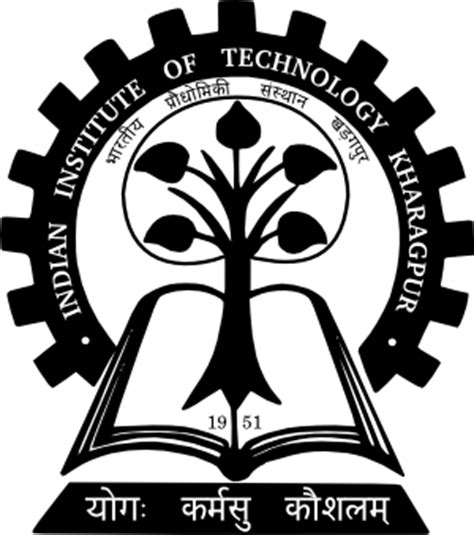


Tutorial Setup Files Download
AutoDock Tutorial Files Download
AutoDock Tutorial Manual Download
CRD Files Download

In this step the water molecules are removed from the raw PDB file.
The processed PDB file is used to generate the Protein Structure File (PSF) that contains all the molecule specific information which is necessary to apply the force field parameters to a molecular system.
After PSF file generation the protein is solvated in a water box using TIP3P water model to more closely resemble the cellular system.
Ions should be added in the water box to represent a more typical biological environment. They are especially necessary if the protein being studied carries an excess charge. In that case, the number of ions should be chosen to make the system neutral. On the other hand, ions can also be added to adjust a certain slat concentration in the system.
In this step the energy minimization is performed so that the initial bad molecular contacts are released.
After the minimization the system must be equilibrated so that different properties (e.g. system density, system pressure, system volume, system temperature etc.) are converged. Once the system is equilibrated, the MD production run can be performed on the system.
After the simulation, the trajectory data can be analyzed to decipher different parameters (RMSD,Hydrogen Bonding, Ramachandran Plot etc.) to study the dynamics of the protein during the simulation.
NAMD Setup Files Download
Introduction to Different File Formats Download
NAMD Tutorial Files Download
NAMD Tutorial Manual Download

VMD Setup for Linux OS Download
VMD Setup for Windows OS Download
VMD Tutorial Files Download